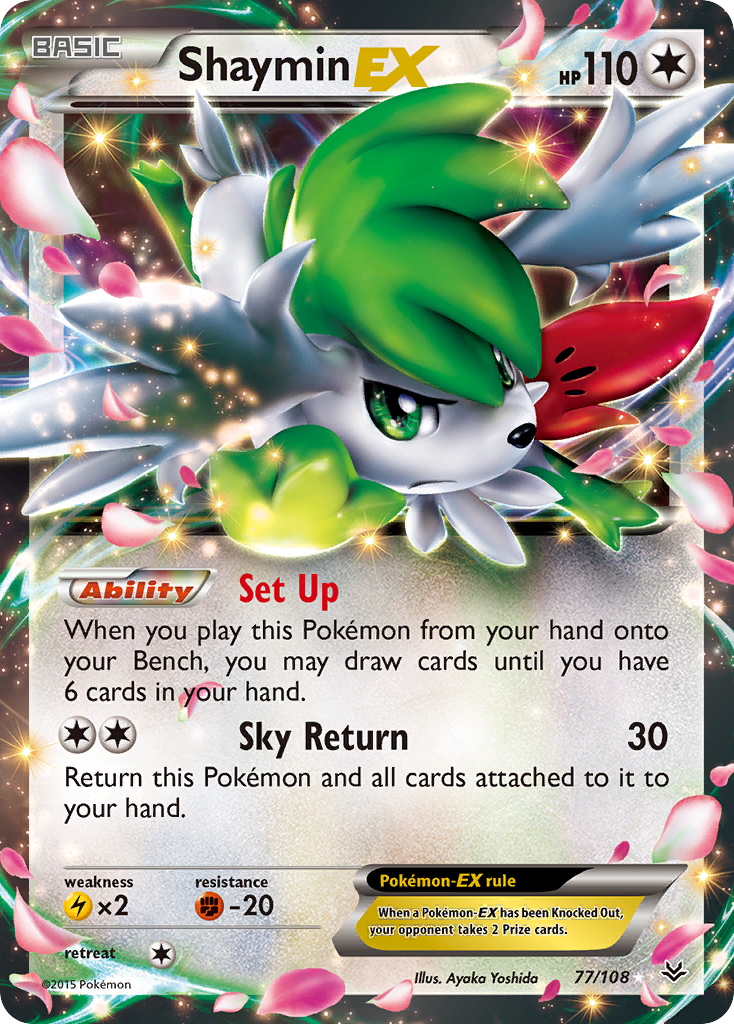Let’s Go Turbo! — The Power of Clay in Expanded
Hello everyone! We're on the cusp of the first Expanded tournament with Sword & Shield, not to mention the first chance for many Americans to try out those new cards. As great as the new set is, the true impact is likely to be the new rule change--no more Supporters when going first!
Among the decks in Expanded, none are poised to gain from this new rule change quite as much as aggro decks. Before, it was easy enough to set up your board while going first, so as to mitigate the impact of your opponent getting the first attack. Now, with the new rule change, that setup is considerably more limited. It isn’t only that cards such as Brigette and Lillie are now nearly useless, but also, without the additional cards from a draw Supporter, even Item-based setups are now greatly hampered when going first. Moreover, achieving that setup now requires Ability-based draw more than ever—think Shaymin-EX and Dedenne-GX. Without those cards, decks are far more susceptible to having a poor first-turn, potentially inviting donks, or the broader lack of ability to match the opponent’s board state. With them, however, the extra Prizes that they grant could give the opponent a path to victory. For decks that can’t reliably use an attack on turn one, going second isn’t all that helpful either; they’ll get to set up, but the opponent will still get two turns to set up before having pressure applied to them, not to mention that the opponent still likely have the first attack in that scenario. Any deck that can easily attack on turn one now gets the best of both worlds when going second. And, since it is now more difficult to set up the board when going first, the impact of that turn one attack will be considerably greater. The straightforward, quick-hitting nature of these decks also means that it isn’t as bad when going first, since they don’t actually need a tremendous amount of setup cards themselves. Plus, they can still wield a significant advantage when going first against setup decks, since they’ll be getting the first KO anyway; going first in those matchups means that they will get the first KO almost every time, instead of only most of the time. All together, the new rule change makes these aggressive decks much stronger, thus making them prime picks for this weekend’s Expanded Regional Championship in Collinsville, not to mention any other Expanded event you might find yourself at.
When it comes to aggressive decks in Expanded, you can delineate them into those that use Energy acceleration, and those that don’t. The latter category consists of decks such as Night March, Vespiquen, and Ultra Necrozma. They tend to be reliant on Special Energy, and typically need some other factor (in these cases, Silent Lab or discarded Pokemon) to achieve the damage output needed to obtain knockouts. The former consists of what I would call “turbo” decks--decks such as Dark Box, Zacian V, Reshiram and Zekrom-GX, and Moltres and Zapdos and Articuno-GX. These decks are more reliant on Pokemon-GX (and Pokemon V) attackers, but they make up for that by having a more powerful payoff to their attacks. For a turbo deck, it shouldn’t be difficult to attack for 200 or more damage on turn one, and to have the next attacker already set up and ready to go. Unlike the Special Energy reliant aggro decks, the Energy Acceleration ones aren’t limited to powering up one attacker at a time; this makes them more resilient to N and other forms of hand disruption. As you might have guessed from this article’s title, I’ll be focused on those Energy-accelerating turbo decks. The advantages of turbo decks make them stand out even among the umbrella of "aggressive decks", and they can take advantage of one of my favorite Trainer engines in Expanded: Clay.
While the Pokemon in turbo decks may be wildly different, all of these decks share the same basic strategy. The goal of a turbo deck is to get as much Energy into play as early as they can, either via Item cards such as Max Elixir, or Abilities such as Rayquaza-GX's Stormy Winds Ability or Ho-Oh-EX's Rebirth Ability. From there, the turbo deck takes advantage of that Energy acceleration via hard-hitting attacks. From the beginning, a turbo deck should be hitting for a OHKO, regardless of the opposing Pokemon. In some cases, such as for Dark Box (Greninja and Zoroark-GX), the Energy acceleration itself provides the damage boost. In others, such as Zacian V, the Energy acceleration is to ensure that the already powerful attacks happen sooner in the game.
This concludes the public portion of this article.
If you'd like to continue reading, consider purchasing a PokeBeach premium membership! If you're not completely satisfied with your membership, you can request a full refund within 30 days.
Each week we post high-quality content from some of the game's top players. Our article program isn't a corporate operation, advertising front, or for-profit business. We set our prices so that we can pay the game's top players to write the best content for our subscribers. Each article topic is carefully selected, goes through multiple drafts, and is touched up by our editors. We take great pride in our program!


